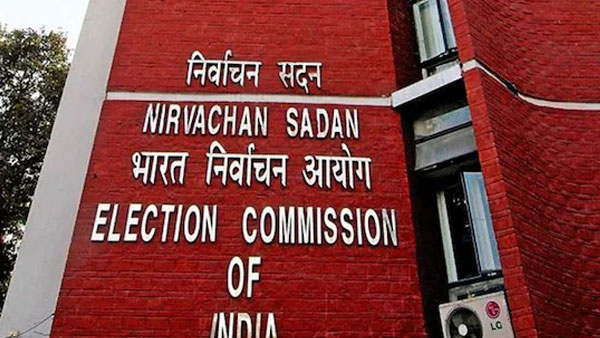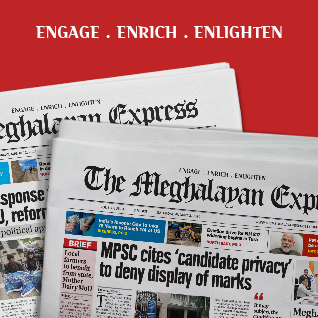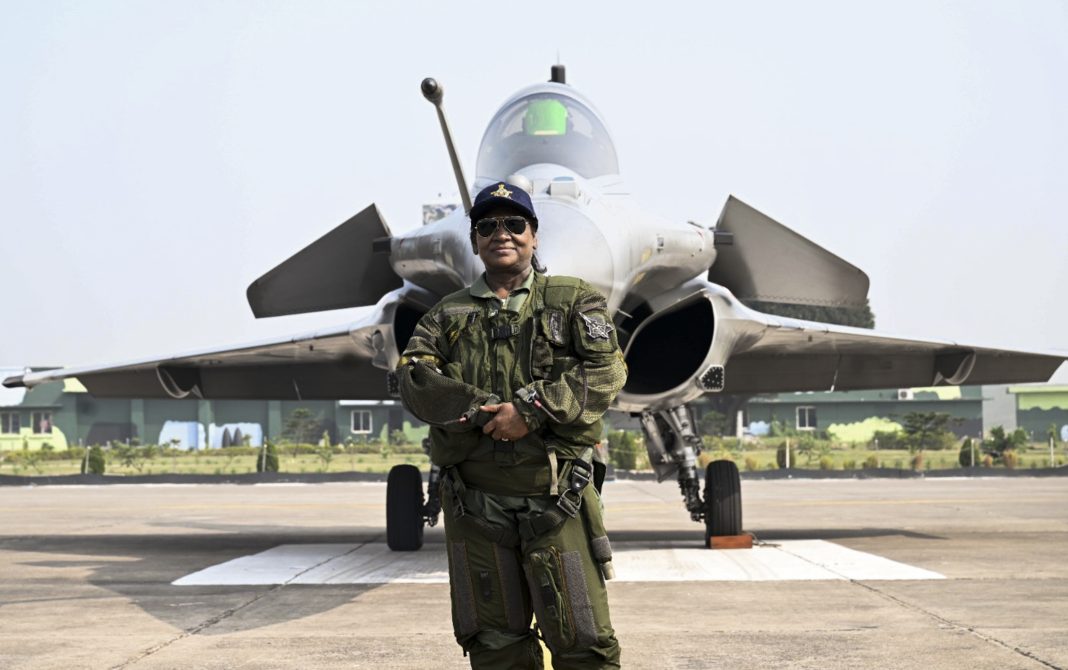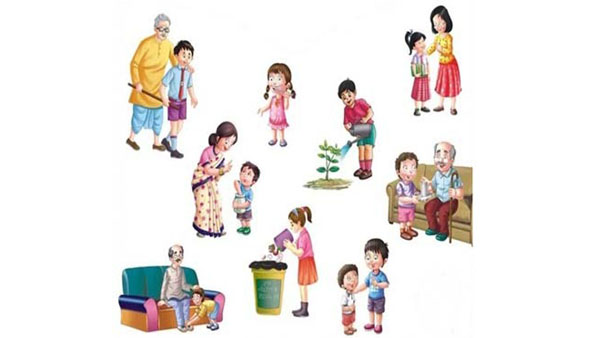By Dipak Kurmi
The Election Commission of India has embarked on a delicate balancing act, attempting to cleanse the nation’s electoral rolls while avoiding the missteps that turned its Bihar exercise into a political and judicial flashpoint. When Chief Election Commissioner Gyanesh Kumar announced the nationwide Special Intensive Revision of electoral rolls on October 27, 2025, the undertaking came with visible modifications that suggested the constitutional body had indeed absorbed lessons from its controversial Bihar experience and heeded the Supreme Court’s concerns. The exercise, spanning twelve states and one Union Territory, represents the first comprehensive electoral roll revision since 2004, and its execution will test whether the Election Commission can balance administrative efficiency with democratic inclusion.
The nationwide SIR will cover politically significant states scheduled to hold elections in the first half of the coming year, including Kerala, West Bengal, Tamil Nadu, and the Union Territory of Puducherry. The timeline is ambitious and compressed. Beginning November 4, approximately 5.33 lakh booth-level officers will fan out across these regions, visiting households to assist in filling enumeration forms. This massive ground-level operation will involve direct engagement with millions of voters, making it one of the largest exercises in democratic documentation anywhere in the world. The submission of these forms is scheduled to conclude by December 4, followed by the publication of the first draft electoral rolls on December 9. This rapid timeline reflects both the urgency the Election Commission attaches to the exercise and the electoral calendar that awaits these states in the months ahead.
What distinguishes this nationwide effort from the Bihar SIR are three fundamental shifts in approach, each addressing specific criticisms and challenges that emerged during the earlier state-level exercise. These modifications are not merely technical adjustments but represent substantive policy changes that could determine whether the nationwide revision strengthens or undermines democratic participation. The Bihar experience had exposed several vulnerabilities in the original approach, creating situations where genuine voters found themselves struggling to prove their eligibility due to documentation requirements that failed to account for ground realities. The Supreme Court’s intervention in that matter served as both a corrective and a warning, compelling the Election Commission to reconsider its methodology before scaling up the exercise nationally.
The first significant change concerns the redesign of enumeration forms to make the process more inclusive from the outset. The new forms now include two specific columns where electors can mention their links to the last revised electoral rolls, whether through parents or even relatives. This modification addresses a critical flaw in the initial Bihar approach, where electors not registered in the 2003 revised rolls were required to submit any of eleven prescribed documents to prove their eligibility. This requirement created immediate problems in the field, as many genuine voters found themselves unable to produce the specified documents, particularly in rural areas and among marginalized communities where formal documentation is often incomplete or outdated. The Election Commission had been forced to adapt during the Bihar exercise itself, eventually allowing voters to trace their direct or indirect links to the 2003 rolls during the claims and objection stage, but only after field officers reported widespread difficulties. By incorporating this flexibility into the enumeration forms from the beginning, the nationwide SIR attempts to avoid repeating this painful learning curve.
The Election Commission has gone further in enhancing inclusivity by allowing existing electors to trace their links to the last revised rolls of any state, not just the state where they currently reside. This change is particularly significant for India’s highly mobile population, where millions of people migrate across state boundaries for education, employment, or other reasons. Under the previous curb, applicants had to establish their connection specifically to the last revised rolls of their current state of residence, creating complications for those who had moved from other parts of the country. This new provision acknowledges the reality of interstate migration and recognizes that a person’s electoral history in one state should be acceptable evidence of their eligibility when they relocate to another. It represents a more federal and flexible understanding of citizenship and voting rights in a country where internal mobility is both common and constitutionally protected.
The second major shift concerns the acceptance of Aadhaar as an eligible document for establishing voter eligibility. In the Bihar SIR, the Election Commission initially prescribed eleven documents that could be used for verification purposes, but Aadhaar was not among them. This omission proved problematic, as Aadhaar has become India’s most widespread form of identification, with near-universal coverage across the population. The Supreme Court had to nudge the Election Commission into accepting Aadhaar as the twelfth eligible document during the Bihar exercise. Learning from this experience, the nationwide SIR will include Aadhaar as an eligible document from the very beginning. This inclusion is particularly important for citizens who may struggle to establish links with previous electoral rolls or lack other prescribed documents. Given that Aadhaar enrollment has reached virtually every corner of India, including the most remote and marginalized communities, its acceptance makes the verification process significantly more accessible and reduces the risk of genuine voters being excluded due to documentation gaps.
The third substantive change relates to the question of citizenship verification. While citizenship remains an eligibility criterion for voting, the Election Commission has softened its stance on how this criterion is applied and verified. In the Bihar exercise, the approach to citizenship verification had raised concerns about potential exclusion of legitimate voters, particularly in border areas and among communities whose citizenship documentation might be questioned. The modified approach for the nationwide SIR suggests that citizenship will not be treated as the sole or overriding criterion, and that the verification process will be more nuanced and considerate of practical realities. This shift reflects a recognition that overly rigid application of citizenship requirements, especially when combined with documentation challenges, could result in the disenfranchisement of genuine Indian citizens who happen to lack particular forms of proof.
These three modifications collectively represent a more thoughtful and inclusive approach to electoral roll revision. They suggest that the Election Commission has engaged seriously with the criticisms it faced during the Bihar exercise and has attempted to design a process that balances the legitimate need to cleanse electoral rolls with the fundamental imperative to protect every eligible citizen’s right to vote. However, the changes have not been sufficient to dispel all concerns, particularly among opposition-ruled states that view the exercise with suspicion.
Tamil Nadu and Kerala, both states not governed by the BJP-led National Democratic Alliance, have criticized the Election Commission for conducting the exercise in what they characterize as undue haste. The DMK, which governs Tamil Nadu, has specifically cited the northeast monsoon as a crucial practical barrier to conducting effective door-to-door enumeration during the scheduled period. The northeast monsoon, which typically affects Tamil Nadu between October and December, can make travel difficult in many areas and complicate the work of booth-level officers attempting to reach every household. The concern is not merely about inconvenience but about whether adverse weather conditions could result in incomplete enumeration and the inadvertent exclusion of voters who could not be reached during the survey period.
The West Bengal government has been even more direct in its criticism, describing the Election Commission as “extremely compromised,” a serious allegation that questions the constitutional body’s neutrality and independence. Such strong language from a state government reflects the deep political mistrust that surrounds the nationwide SIR. Opposition parties perceive the timing, scope, and methodology of the exercise as potentially advantageous to the ruling party at the center, and these suspicions are amplified by the memory of the controversial Bihar experience where millions of voters were initially deleted from rolls.
These criticisms from non-NDA-ruled states highlight a fundamental challenge facing the Election Commission: it must conduct a necessary administrative exercise in an atmosphere of intense political polarization where its every action is scrutinized for partisan bias. Opposition parties need to recognize and acknowledge that special intensive revisions of electoral rolls are neither unprecedented nor inherently problematic. Between 1951 and 2004, India conducted eight nationwide electoral roll revisions as part of routine electoral maintenance. These exercises are essential for maintaining the integrity of the democratic process, ensuring that electoral rolls accurately reflect current realities rather than accumulating decades of outdated entries. Dead voters, duplicate registrations, and people who have migrated away need to be removed from rolls, while new eligible voters and those who have relocated need to be added. This is standard democratic housekeeping, not a conspiracy against any particular political formation.
At the same time, the Election Commission cannot simply dismiss the concerns of opposition-ruled states as mere political rhetoric. The body’s credibility has indeed suffered in recent years due to various controversies surrounding its decisions and their timing. When a constitutional institution faces questions about its impartiality from multiple political parties and civil society organizations, it cannot afford to be dismissive or defensive. Instead, it must demonstrate through transparent procedures, accessible grievance redressal mechanisms, and even-handed implementation that it remains above partisan politics.
The grievance redressal mechanism assumes critical importance in this context. No matter how well-designed the enumeration and verification processes are, errors and injustices will inevitably occur when dealing with an exercise of this magnitude involving hundreds of millions of voters. Genuine voters will find their names missing from draft rolls due to clerical errors, miscommunication, or problems with documentation. The difference between a fair exercise and an unjust one often lies not in the absence of errors but in how quickly and effectively those errors can be corrected. The Election Commission must ensure that its grievance redressal system is robust, accessible, responsive, and transparent. Citizens who find themselves wrongly excluded from electoral rolls must have clear, efficient channels to contest such decisions and have their cases resolved before the final rolls are published.
The nationwide SIR presents the Election Commission with an opportunity to rebuild trust and demonstrate its commitment to both electoral integrity and democratic inclusion. By conducting the exercise with maximum transparency, engaging proactively with political parties, civil society organizations, and media, and ensuring that every stage of the process is open to scrutiny, the Commission can address concerns about partisanship and bias. Regular updates on the progress of the exercise, clear explanations of methodologies, and accessible data on how many voters are being added, deleted, or modified across different regions would go far in dispelling suspicions.
The success of this nationwide electoral roll revision will ultimately be judged not by how efficiently it is completed or how many names are removed from rolls, but by whether it enhances confidence in India’s electoral democracy. If genuine voters find themselves disenfranchised due to bureaucratic rigidity or political manipulation, the exercise will have failed regardless of its administrative efficiency. Conversely, if the process demonstrates that India can conduct a massive electoral roll revision fairly, transparently, and inclusively while maintaining its commitment to universal adult franchise, it will strengthen democratic institutions at a time when they face unprecedented challenges. The Election Commission stands at a crossroads where its actions will either restore or further erode public confidence in the electoral process that forms the foundation of Indian democracy.
(the writer can be reached at dipakkurmiglpltd@gmail.com)




